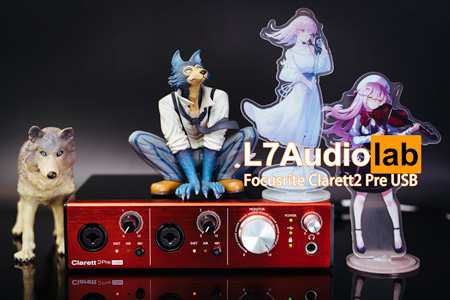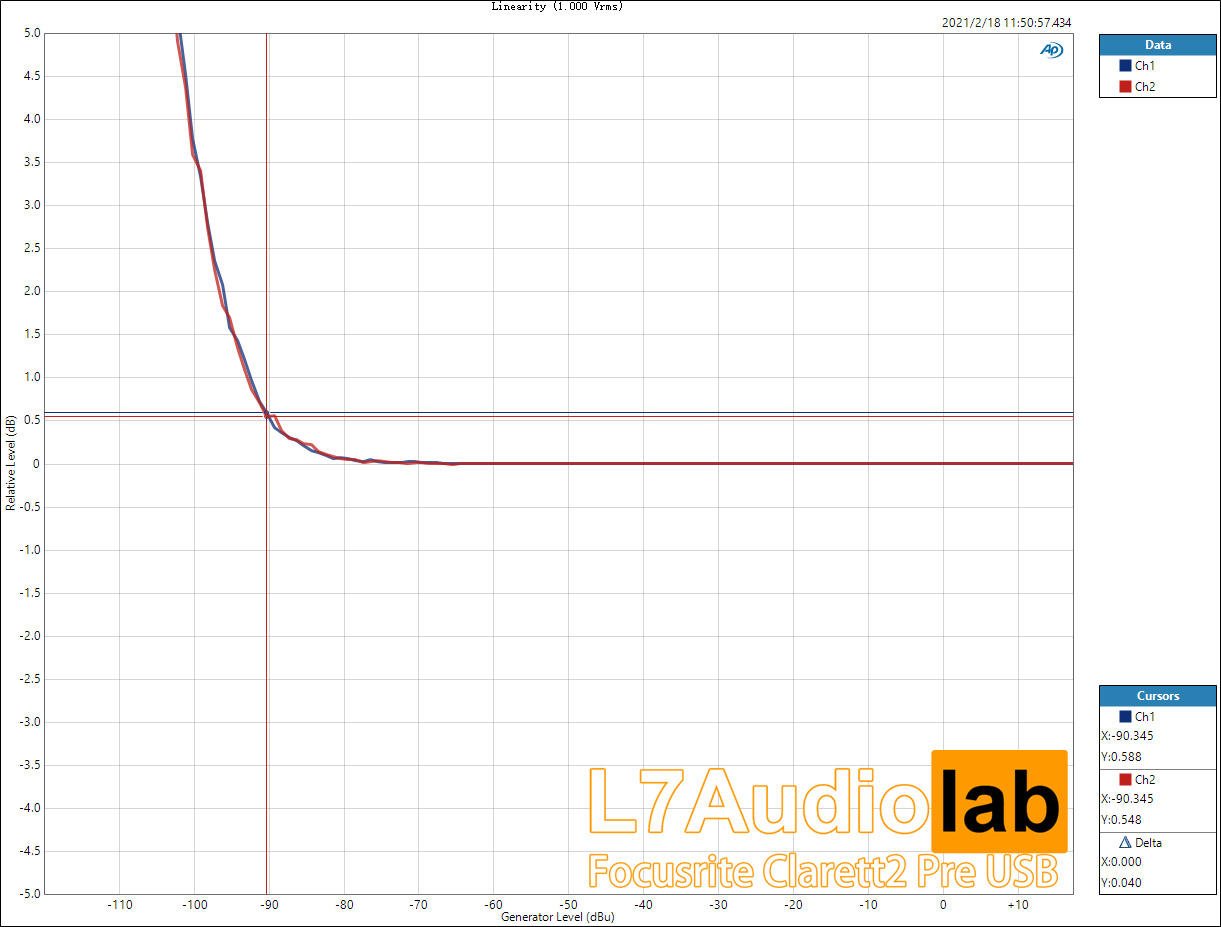Not you, for sureOMG, who may want to add the internal DR compressor to the ADC chip, just to reduce the specs for the compression ratio?
But some audiophile money maker, who knows ?
Not you, for sureOMG, who may want to add the internal DR compressor to the ADC chip, just to reduce the specs for the compression ratio?
The missing sync options is almost a deal breaker for me for the type of stuff I do. The ADC need some sort of clock output so that a DAC can be synced with it, or vice versa. The simplest solution (for me) would be a TOSLINK/SPDIF Output (with no data) at 1x or 0.5x or 0.25x the ADC sample rate that could be used to sync an ADI-2 Pro perfectly (which can apply the inverse scale factor), both running on USB.I am also interested in I2S output, not just USB from the Cosmos unit. That would really of interest to those of us that want to use the output digitally, either as I2s or convert to S/PDIF, AES/EBU, TOSLINK, etc...

 www.audiosciencereview.com
www.audiosciencereview.com

 www.l7audiolab.com
www.l7audiolab.com


 www.l7audiolab.com
www.l7audiolab.com

Indeed, no artifact at 40Hz but your measurements confirm quite a significant deterioration of THD+N at frequencies below 150Hz or so... I mean -110dB THD+N at 20Hz is not bad at all in absolute, but still around 10dB worse than performance at 1Khz.However, 40Hz THD hump is 100% setup-test artifact, I see no anything special at 40Hz in my tests at all. BTW, the ADC is still in the MONO mode, did you read this? https://e1dashz.wixsite.com/index/cosmos-adc

Is this independent of the compensation parameters or rather a "victim" of optimizing for 1KHz? A limitation of the ADC chip?
This makes me think of AK5394A which exhibits increasing level of noise (and lower THD+N) in the lower frequencies, alleviated to a large extent by placing larger capacitors at VREF pins... Could it be the same cause here?
View attachment 157975
Yeah, I came for the same reasons (to find good preamp suggestions for the Cosmos ADC), not because I couldn't find any but because most of their prices do not make sense beside the Cosmos lolI beg to differ.
You may want to have to look here, as an example.
It seems ess adc even has spdif transciever on chip (at least, obsolete devices had it).The missing sync options is almost a deal breaker for me for the type of stuff I do. The ADC need some sort of clock output so that a DAC can be synced with it, or vice versa. The simplest solution (for me) would be a TOSLINK/SPDIF Output (with no data) at 1x or 0.5x or 0.25x the ADC sample rate that could be used to sync an ADI-2 Pro perfectly (which can apply the inverse scale factor), both running on USB.
More specifically for the E1DA cosm, Cosmos DAC and ADC should be enabled to run on a single common base clock but arbitrary multiples of a sample rate (say DAC at 96kHz and ADC at 384kHz), that would be a killer feature for killer combeo. Ideally distributed transformer coupled so DAC and ADC may run galvanically isolated... @IVX, mabye for a future revision of these product, are you thinking to implement hard sample sync possibilities?
I think you should update your procedure for linearity.
There are pretty decent interfaces with good Mic preamps out there.Yeah, I came for the same reasons (to find good preamp suggestions for the Cosmos ADC), not because I couldn't find any but because most of their prices do not make sense beside the Cosmos lol
I wanted to ask more about it, but created another thread in order not to spam off topic hereThere are pretty decent interfaces with good Mic preamps out there.
The good ones are noise-limited, at most useful gains and levels. And, well, there is little to be done to improve on thermal noise.
So a better ADC won't help you on that, I'm afraid.
If you want to get a cheaper mic preamp, you may want to play with this.
No clue how well it performs, though.
ell, even for measurements it's interesting.
It's much easier to get a good measurement when the clocks of ADC and DAC are synched.
I usually use the ADC as the clock source.
The missing sync options is almost a deal breaker for me for the type of stuff I do. The ADC need some sort of clock output so that a DAC can be synced with it, or vice versa. The simplest solution (for me) would be a TOSLINK/SPDIF Output (with no data) at 1x or 0.5x or 0.25x the ADC sample rate that could be used to sync an ADI-2 Pro perfectly (which can apply the inverse scale factor), both running on USB.
More specifically for the E1DA cosm, Cosmos DAC and ADC should be enabled to run on a single common base clock but arbitrary multiples of a sample rate (say DAC at 96kHz and ADC at 384kHz), that would be a killer feature for killer combeo. Ideally distributed transformer coupled so DAC and ADC may run galvanically isolated... @IVX, mabye for a future revision of these product, are you thinking to implement hard sample sync possibilities?
KSTR, no time for something like this, if I was a big company but..
